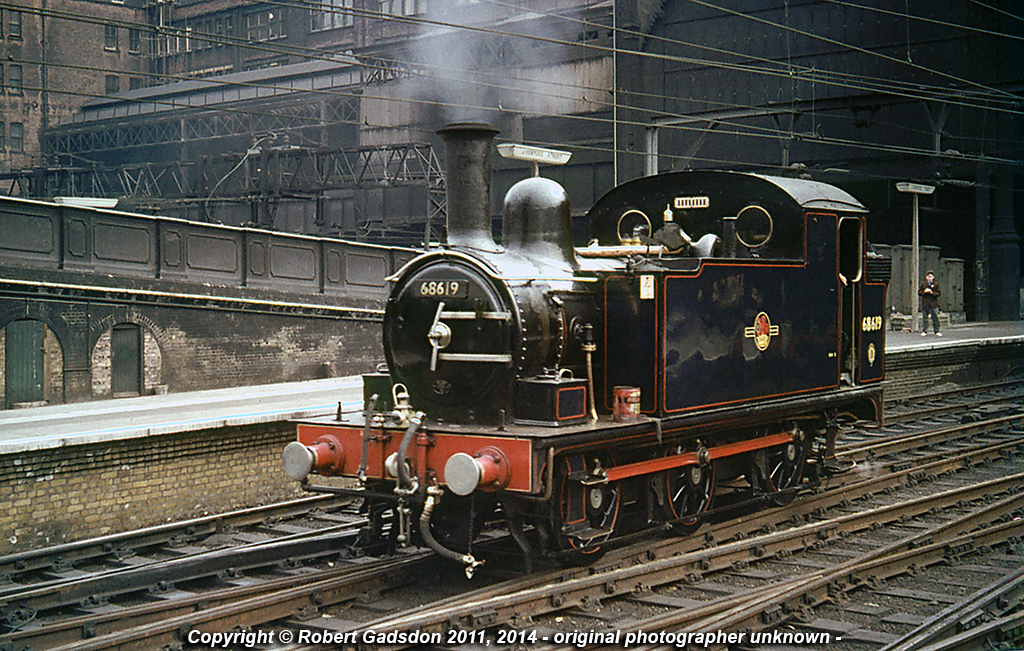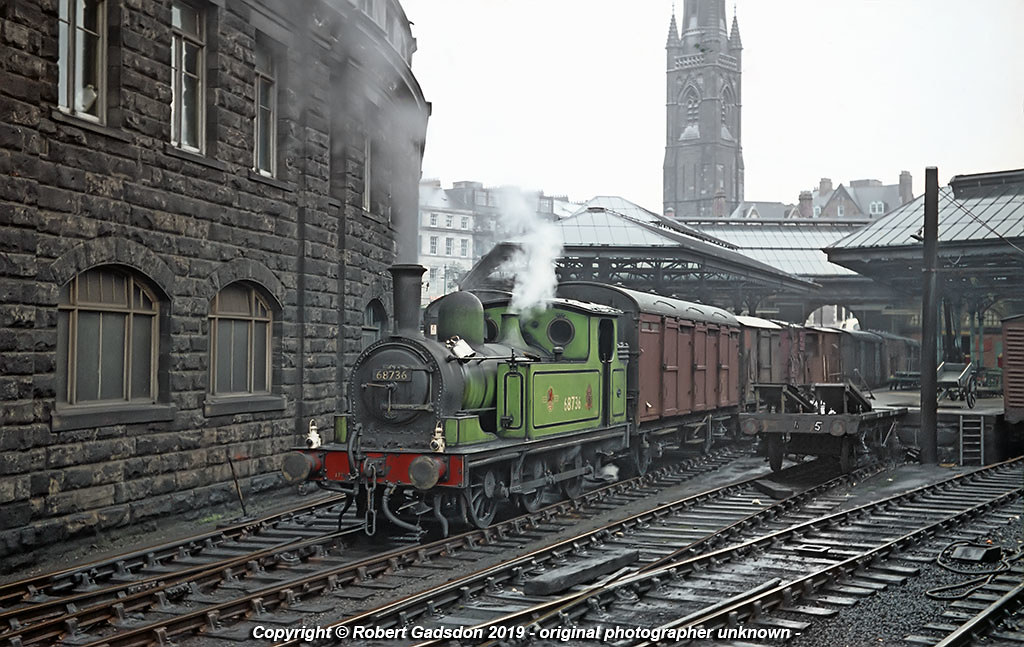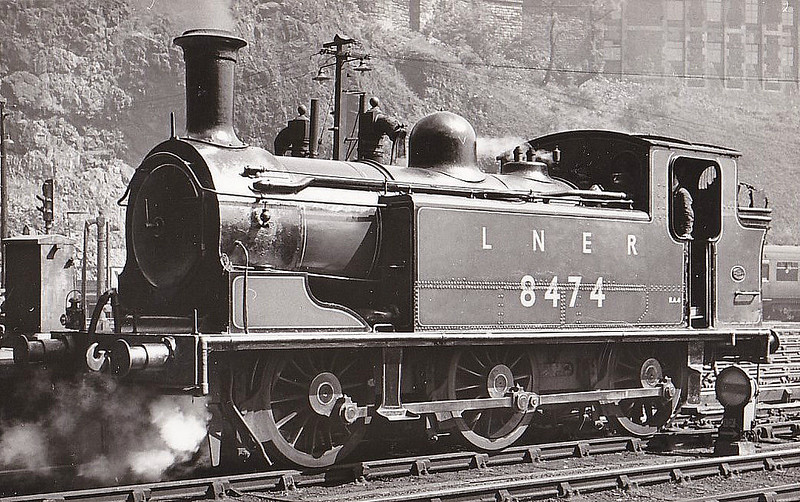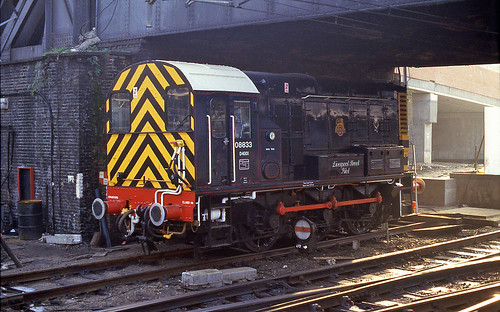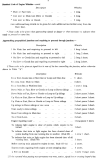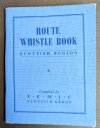The two Taunton west end pilots in latter steam days were one of each type, one Pannier Tank, which faced east, and was used to pull back across the layout the coaches from terminating services from Minehead, Barnstaple and Exeter locals, either propelling them into the departure bays or into sidings, and one Hall, which faced west, and could attend to any main line train needing its services, as well as helping out with the stock shunting when you needed two at once. In between the stock releases the Pannier also shunted mid-morning the steep ramp up to the coal stage, the spectacle of the day which I have described before. Despite a myriad of crossovers at the west end of Taunton, you couldn't get from the Up arrival bay to the Down bays in one go, and had to do a double shunt, pull-propel-pull-propel, right across the main lines
The Hall was, as often as not, our stalwart 4932 Hatherton Hall. We were away on hols in August 1962 when it took over from a failed Warship, and saved the day heading boldly westwards. Unfortunately a little too boldly, for it ran into the back of the service in front at Torquay. Anyway, it was patched up at Swindon, and lived on to the last day of steam at Taunton in late 1964.

